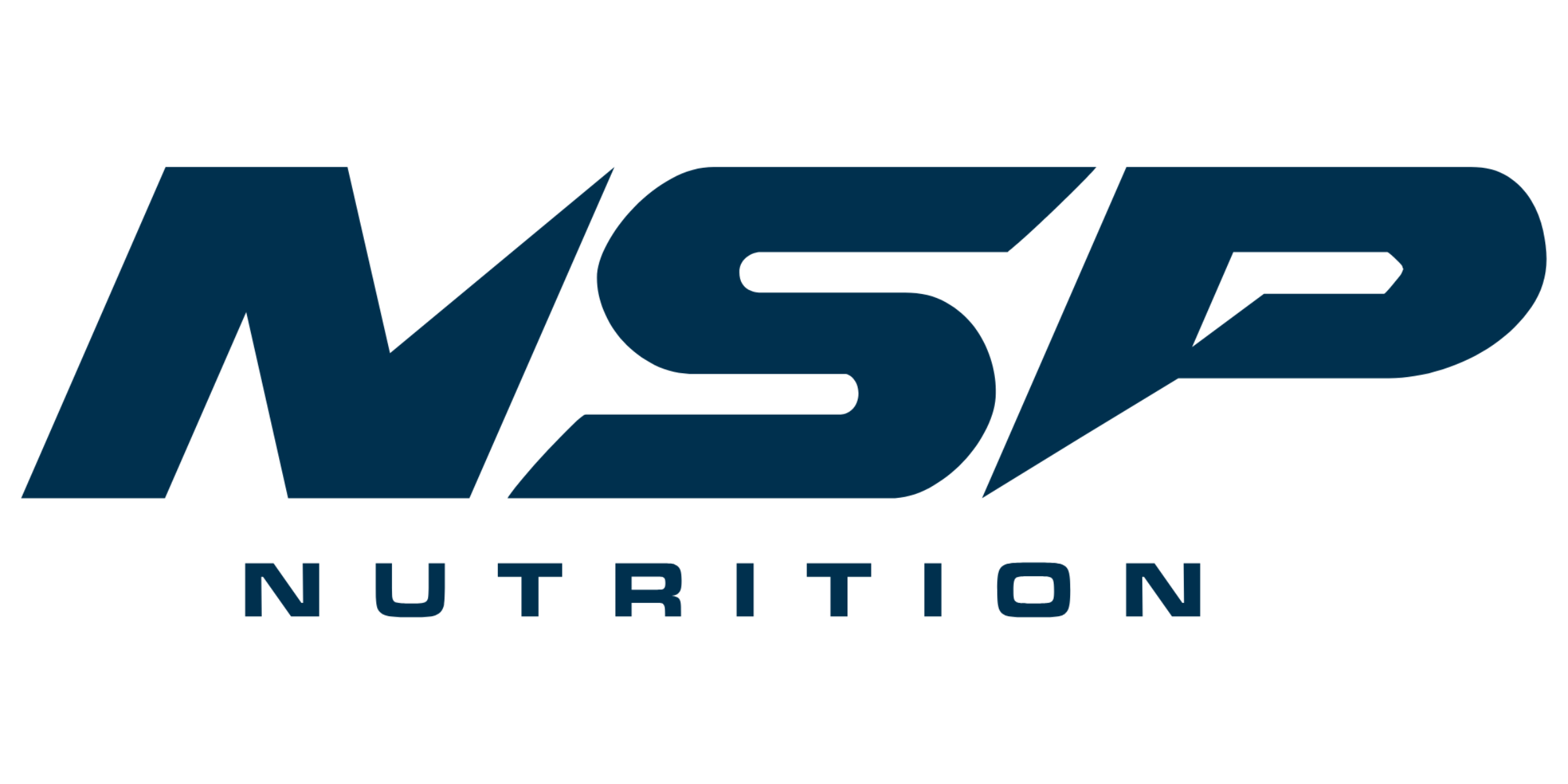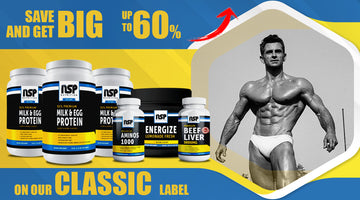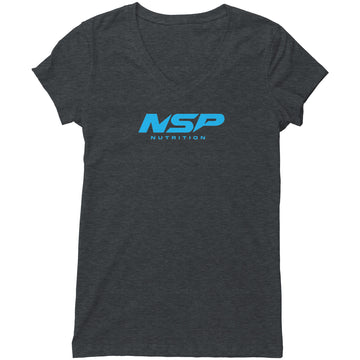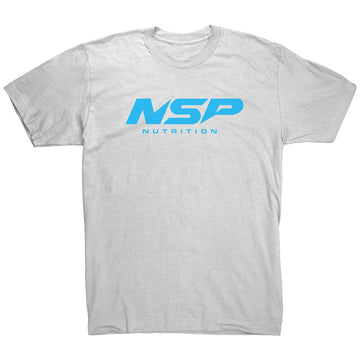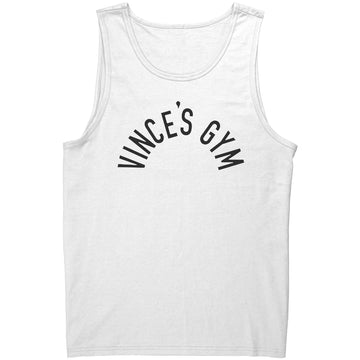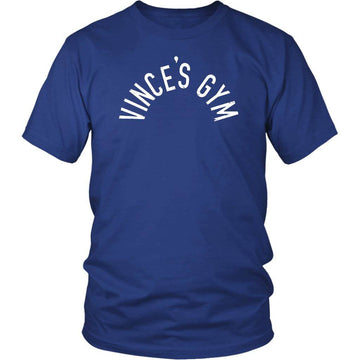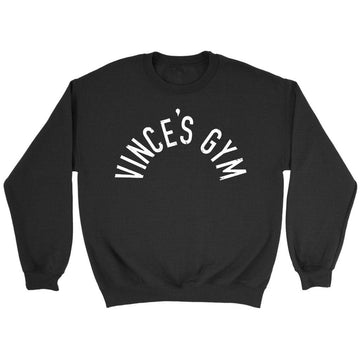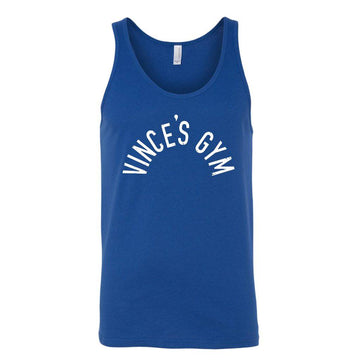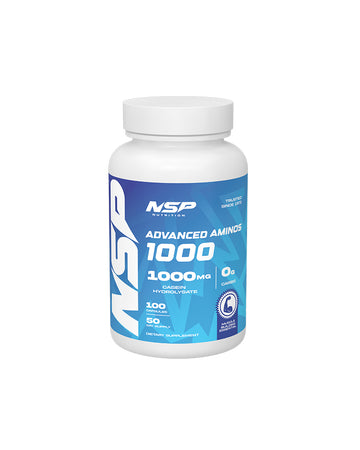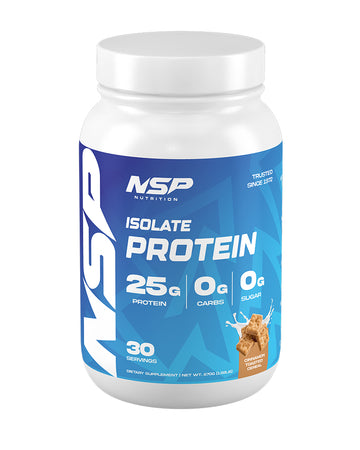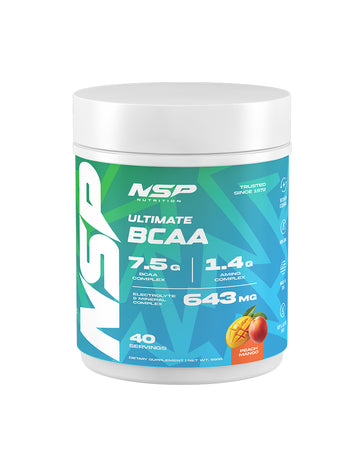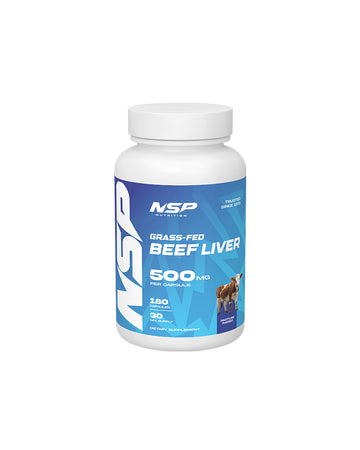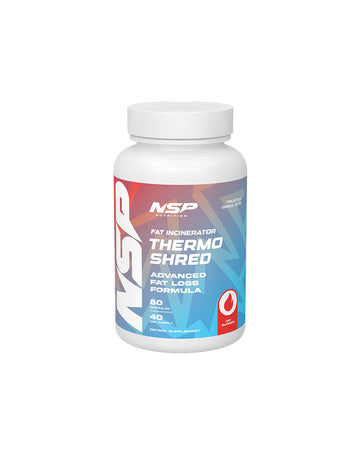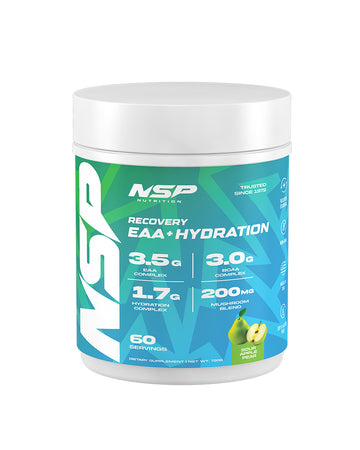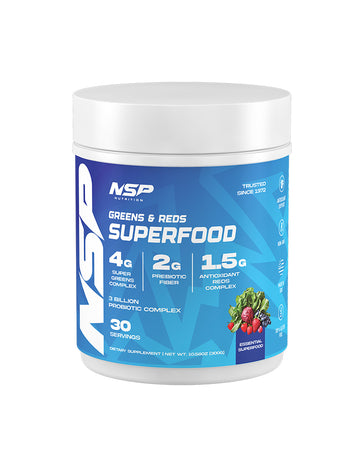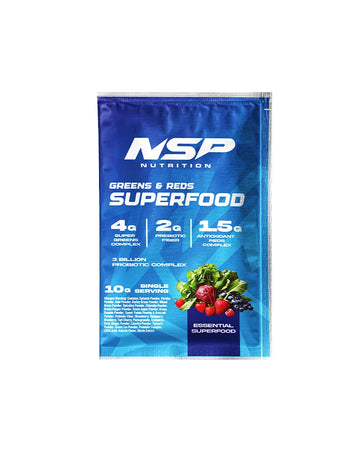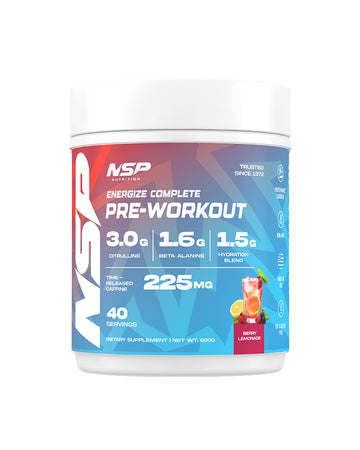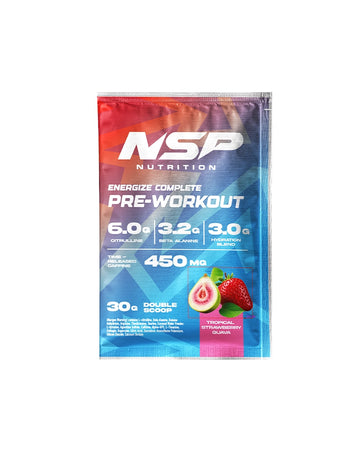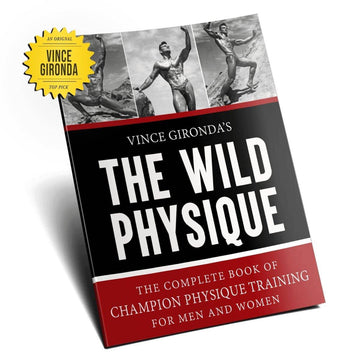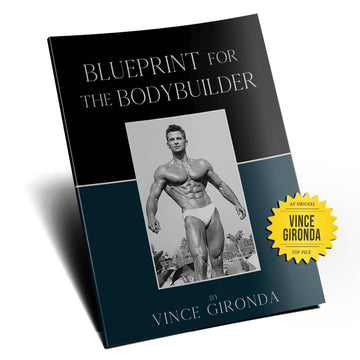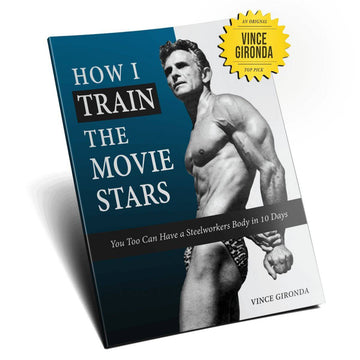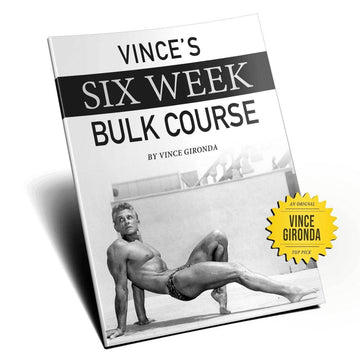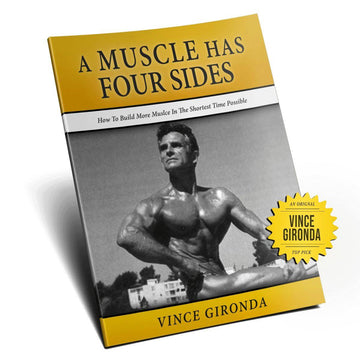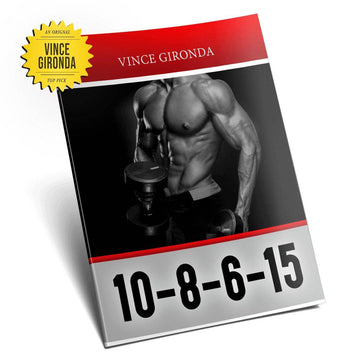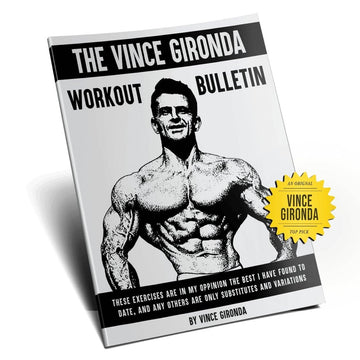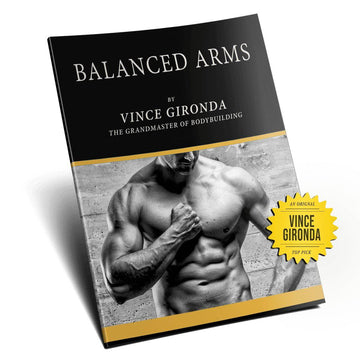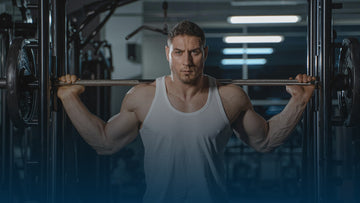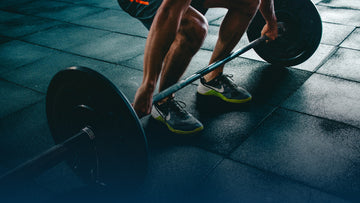Building a massive chest is a goal that many fitness enthusiasts, powerlifters, and bodybuilders strive to achieve. A well-developed chest not only improves overall strength but also enhances one's physical appearance. Despite the widespread desire for a bigger chest, some may be skeptical about the feasibility of achieving this goal. They may assume that building a massive chest requires expensive equipment, time-consuming workouts, and an unrealistic diet. However, with the right strategies, anyone can unlock the power and build a massive chest.
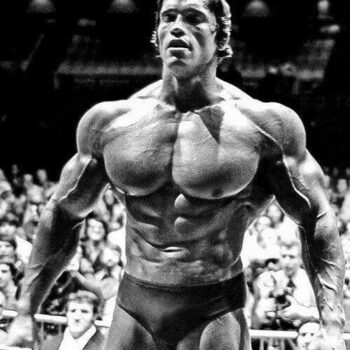
This article aims to provide practical and informative strategies for building a massive chest. Whether you are a teenager who wants to impress his peers, a bodybuilder who aims to win a competition, or an individual who desires a stronger and more defined chest, this article will provide you with the necessary tools to achieve your goal.
We will explore various exercises, techniques, and training protocols that have proven to be effective for chest growth. Moreover, we will address common myths and misconceptions about chest training and provide evidence-based solutions to overcome them.
By following the strategies outlined in this article, you will be able to unlock the power and build a massive chest.
How to Get a Bigger Chest Without Weights: Effective Bodyweight Exercises
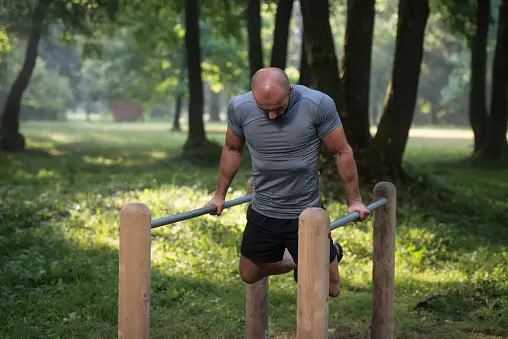
Effective bodyweight exercises can be used to increase chest size without the use of weights.
The push-up is one of the most popular, as it targets the chest muscles while also working the triceps and shoulders. Research has shown that men who can perform 40 or more push-ups have a 96% lower risk of cardiovascular disease compared to those who can do less than 10 push-ups.
In addition to traditional push-ups, incline push-ups can also be used to build chest muscles. These involve placing the hands on a raised surface, such as a bench or step, to increase the difficulty and target the upper chest.
To build bigger pecs without weights, it is important to vary chest workouts and incorporate different bodyweight exercises. In addition to push-ups, other effective exercises include dips, chest flyes, and isometric holds.
Isometric holds involve holding a push-up position for an extended period of time, which can help to build strength and endurance in the chest muscles. Chest workouts should also include both primary and secondary exercises, with a focus on progressive overload and proper form.
If you are looking to get a bigger chest in two months without compromising form, it is important to have a structured workout plan and a proper nutrition program. This may include increasing protein intake and incorporating healthy fats and carbohydrates into your diet.
Consistency and dedication are key, and it may be helpful to track progress and adjust workouts as needed to continue making gains. By incorporating effective bodyweight exercises and following a well-designed program, it is possible to achieve a larger, stronger chest in a relatively short amount of time.
How to Get a Bigger Chest in Two Months Without Compromising Form

Achieving a larger and stronger chest in a relatively short amount of time can be possible through a structured workout plan and proper nutrition program that does not compromise form. The following tips can help individuals build a bigger chest in two months without risking injury or sacrificing technique:
- - Incorporate the bench press into the workout routine, as it is an effective exercise for chest growth. Beginners should start with a weight that allows them to perform 3 sets of 8-10 reps with good form, while more advanced lifters can increase the weight and decrease the reps to 3-5 sets of 6-8 reps.
- - Add the incline bench press and dumbbell bench press to the chest workout routine. These exercises target the upper and lower chest respectively, and can help create a well-rounded chest. It is important to use proper form and technique to avoid injury and maximize results.
- - Consistency is key. Individuals looking to build a bigger chest should aim to work out their chest 2-3 times per week, and follow a nutrition program that supports muscle growth. This includes consuming enough protein and calories to fuel the body and promote recovery.
By incorporating these tips into their workout routine, individuals can build a bigger chest in two months without sacrificing proper form or technique. However, it is important to note that results will vary depending on factors such as genetics, age, and training intensity.
Achieving a Flat and Toned Chest: Strategies to Avoid Bulking Up

To avoid bulking up while achieving a flat and toned chest, it is important to incorporate cardio and high-intensity interval training (HIIT) into the workout routine, as research shows that combining resistance training with cardio can lead to greater fat loss and improved body composition. Chest muscles can be toned and strengthened through a combination of resistance training and cardio exercises. Cardio exercises such as running, cycling, and swimming can help burn fat and reveal the toned muscles underneath, while HIIT workouts can increase endurance and boost metabolism.
In addition to cardio and HIIT, chest exercises that focus on toning and shaping the muscles, rather than building mass, should be incorporated into the workout routine. Dumbbell flyes, push-ups, and cable crossovers are all effective exercises that target the chest muscles without adding bulk. It is important to use light weights and focus on proper form and technique to avoid adding mass.
By incorporating these exercises into a workout routine that includes cardio and HIIT, individuals can achieve a flat and toned chest while avoiding adding excess muscle mass.
Building a bigger chest and arms at 17 requires a structured workout plan that focuses on both strength and hypertrophy. Teenagers should focus on compound exercises such as bench press, dips, and pull-ups to build overall strength, while incorporating isolation exercises such as bicep curls and tricep extensions for hypertrophy. Proper nutrition and rest are also crucial for muscle growth.
By following a well-rounded workout plan and focusing on proper nutrition and rest, teenagers can build a bigger chest and arms while avoiding injury and promoting overall health.
Building a Bigger Chest and Arms at 17: Tips for Teenagers

Teenagers aiming to develop bigger chest and arms can benefit from incorporating compound exercises and isolation exercises in their structured workout plan, while also prioritizing proper nutrition and rest for optimal muscle growth.
Compound exercises such as bench press, push-ups, and dips work multiple muscle groups, including the chest muscles and triceps, while isolation exercises such as dumbbell flyes and bicep curls target specific muscle groups.
It is important to focus on form and technique during exercises, gradually increasing weight and intensity to build muscle.
In addition to proper exercise selection, nutrition and rest are crucial for building muscle.
Consuming enough protein, carbohydrates, and healthy fats provides the necessary fuel for muscle growth, while adequate rest allows for recovery and repair.
Teenagers should aim for at least 8-9 hours of sleep per night and avoid overtraining, as this can lead to injury and hinder progress.
A balanced approach to exercise, nutrition, and rest can help teenagers build big, strong chest and arm muscles.
Next, we will discuss how to get a wider chest through key exercises and techniques.
By incorporating these exercises into a structured workout plan and following proper nutrition and rest protocols, teenagers can achieve a well-rounded, powerful physique.
How to Get a Wider Chest: Key Exercises and Techniques

Building a bigger chest is a goal that many fitness enthusiasts strive for. However, it is not just about increasing the size of the chest but also about enhancing its width. To achieve a wider chest, it is essential to focus on exercises that target the upper chest, as well as incorporate techniques that challenge the muscles in a stretched position.
In this subtopic, we will delve into the key exercises and techniques that can help in getting a wider chest. One of the most effective exercises for building a wider chest is the cable crossover. This exercise targets the upper chest and helps in expanding the chest muscles, giving a wider appearance.
Another exercise that can help in widening the chest is the incline dumbbell bench press, which focuses on the upper chest and helps in developing the pectoral muscles. The dumbbell flye is another exercise that can be used to target the chest muscles while emphasizing the stretch.
Apart from exercises, there are also techniques that can be used to enhance chest width. One such technique is to use a wider grip while doing the dumbbell bench press. This can help in targeting the outer chest muscles and giving a wider appearance. Another technique is to perform exercises on an incline bench, which can help in targeting the upper chest muscles.
By incorporating these exercises and techniques in your workout routine, you can unlock the power to get a wider chest. Balancing chest and bicep development is crucial for achieving a proportional physique. In the next subtopic, we will discuss tips and exercises that can help in achieving a balanced development of the chest and biceps.
Balancing Chest and Bicep Development: Tips for a Proportional Physique
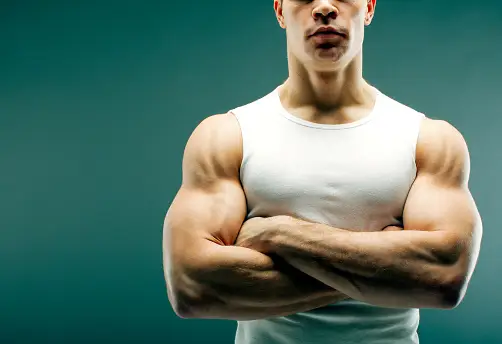
Achieving a proportional physique requires a balanced development of both the chest and biceps. While building bigger chest muscles is important for a powerful and rugged physique, it is equally important to focus on bicep development to maintain balance. Incorporating specific exercises and tips can help in attaining a well-rounded physique.
To build muscle mass in both the chest and biceps, it is essential to include exercises that target both muscle groups. Chest exercises like bench press, flyes, and push-ups are effective in building bigger chest muscles, while bicep exercises like curls and pull-ups are important for bicep development. However, it is crucial to maintain balance and avoid overdeveloping one muscle group over the other.
In addition to exercise selection, it is important to focus on proper form and technique, as well as nutrition and recovery. Following a structured program with adequate rest and nutrition can help in achieving proportional muscle development. Building a massive chest and biceps takes time and effort, but with the right strategies and consistency, it can be achieved.
Transition: While incorporating specific exercises and tips can help in building a proportional physique, it is important to have realistic expectations about how long it takes to build a big chest.
How Long Does It Take to Build a Big Chest? Realistic Expectations

Developing a well-defined chest is a common goal among fitness enthusiasts, but it is important to have realistic expectations about the time it takes to achieve significant growth. Building a big chest requires consistent, strategic training, proper nutrition, and patience. While some individuals may see noticeable progress in a few weeks, it can take several months to a year or more to build a truly impressive chest. It all depends on factors such as genetics, training intensity, frequency, and recovery time.
To build muscle and achieve a bigger chest, it is important to focus on exercises that target the chest muscles directly. Compound exercises such as the bench press, dumbbell press, dips, and push-ups are effective for overall chest development. However, it is also important to include isolation exercises like flyes, cable crossovers, and chest squeezes to fully engage and fatigue the chest muscles. Consistency and variety in your chest workouts are essential for continued progress.
In addition to proper training, nutrition and recovery are crucial for building a bigger chest. Eating a balanced diet with adequate protein, carbohydrates, and healthy fats is important for muscle growth and repair. Getting enough rest and recovery time between workouts is also necessary for optimal progress. By following these workout tips and adopting a long-term perspective, individuals can build a bigger chest with realistic expectations.
Exercises for a wider chest without overemphasizing size include cable crossovers, incline dumbbell flyes, and wide-grip push-ups. These exercises focus on developing the outer chest muscles, creating a wider and more defined chest. By incorporating these exercises into your chest workout routine, you can achieve a well-rounded, proportional physique.
Exercises for a Wider Chest Without Overemphasizing Size

Exercises targeting the outer chest muscles, such as cable crossovers, incline dumbbell flyes, and wide-grip push-ups, can widen the chest without placing an excessive emphasis on size.
Cable crossovers, for instance, are a great exercise for increasing chest width as they target the outer chest muscles that are often neglected in traditional chest exercises. Similarly, incline dumbbell flyes and wide-grip push-ups also target the outer chest muscles, helping to increase chest width and give the chest a more defined look.
While these exercises are great for targeting the outer chest muscles, it is important to remember that a well-rounded chest workout should target all areas of the chest. This includes exercises that target the upper, lower, and inner chest muscles. Incorporating a variety of chest exercises into your workout routine is key to achieving a well-proportioned chest.
Incorporating cable crossovers, cable flyes, and incline push-ups into your chest workout can help widen your chest without overemphasizing size. However, it is important to remember that a complete chest workout should include exercises targeting all areas of the chest.
Building a Big Chest Fast: Intensity Techniques and Training Strategies

In the pursuit of a massive chest, it is important to find a balance between size and aesthetics. While some may prioritize width over overall size, others may want to build a chest that commands attention.
Building a big chest fast requires a combination of intensity techniques and strategic training strategies. One way to increase intensity during chest exercises is to use drop sets, where the weight is decreased after each set until failure is reached. Another technique is to use rest-pause sets, where short rest periods are taken between reps to allow for maximum effort.
Strategic training strategies include incorporating incline bench and dumbbell press variations into your routine, in addition to the traditional barbell bench press. Incline bench press targets the upper chest muscles, which can give the appearance of a bigger chest. Dumbbell press exercises allow for greater range of motion and can help correct muscle imbalances.
By incorporating these exercises with intensity techniques, you can unlock the power to build a truly massive chest. With these strategies in mind, the next step is to explore the effectiveness of cable flyes for chest development: fact or fiction?
Cable Flyes for Chest Development: Fact or Fiction?

The effectiveness of cable flyes for chest development has been a topic of debate in the fitness community. Some experts argue that cable flyes are a valuable addition to any chest workout, while others believe they are overrated and can even be harmful to the shoulders.
However, research suggests that cable flyes can be an effective way to build chest muscles, particularly when combined with other chest exercises. Cable flyes target the chest muscles by providing constant tension throughout the movement, which can lead to greater muscle activation and growth. Additionally, the cable fly allows for a greater range of motion than traditional dumbbell flyes, which can further stimulate muscle growth.
However, it is important to use proper form and technique when performing cable flyes to avoid injury. Incorporating cable flyes into a well-rounded chest workout can be a valuable strategy for building a massive chest. However, it is important to remember that no single exercise will be enough to build muscle on its own. Building a big chest requires a combination of chest exercises, proper nutrition, and a consistent training program.
How Long Does It Take to Get Muscular and Toned Chest Muscles?
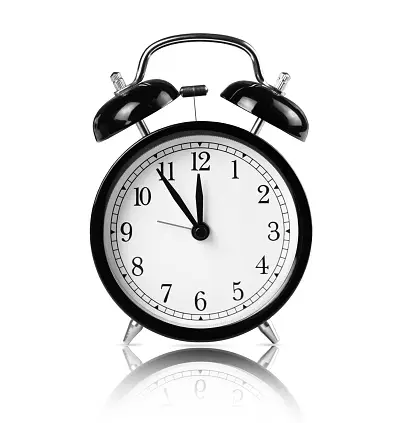
Achieving a well-defined and toned chest requires a combination of consistent training, proper nutrition, and patience, as it can take several months to see noticeable results. The time it takes to develop muscular and toned chest muscles varies depending on various factors, such as genetics, age, and fitness level. However, with dedication and the right approach, anyone can build a strong and defined chest.
To build a bigger chest, it's essential to focus on chest exercises that target the entire chest muscles, including the upper, lower, and middle portions. Incorporating exercises such as the incline dumbbell press and barbell bench press can help stimulate muscle growth and promote hypertrophy. These exercises work the chest muscles from different angles, providing the necessary stimulus for growth. It's also important to include other compound exercises such as dips, which target not only the chest but also the triceps and shoulders.
Proper nutrition is also essential when building a bigger chest. Consuming enough calories and protein is crucial to support muscle growth and recovery. Aim to consume at least 1 gram of protein per pound of body weight daily and include whole foods such as lean meats, eggs, and dairy products in your diet. Additionally, getting enough rest and recovery time between workouts is crucial for muscle growth.
Incorporating these strategies into your training and nutrition plan can help you build a bigger and stronger chest over time. Remember, consistency is key, and it's essential to stick to a routine and track your progress to see results. Building a bigger chest takes time, but with the right approach and mindset, anyone can achieve their fitness goals.
Building a Bigger Chest When You Can't Even Do a Push-Up: Modified Exercises

To build chest muscles even if push-ups are too challenging, modified exercises can be utilized. One such exercise is the incline dumbbell press, which targets the upper chest muscles. In this exercise, the bench is inclined at an angle of 30-45 degrees, allowing for a greater range of motion and increased activation of the upper chest muscles.
Another modified exercise is the dumbbell bench press, which is a variation of the traditional barbell bench press. This exercise allows for greater stabilization of the chest muscles and a better range of motion. In this exercise, the dumbbells are lowered to the sides of the chest, allowing for a deeper stretch and greater activation of the chest muscles.
By incorporating modified chest exercises such as incline dumbbell press and dumbbell bench press, individuals can build bigger chest muscles even if push-ups are too challenging. These exercises allow for greater activation of the chest muscles and a greater range of motion, leading to increased muscle growth.
Transition into the subsequent section about 'the best way to work out the chest: effective training approaches':
Incorporating these modified chest exercises is just one aspect of effective chest training. To maximize muscle growth and development, individuals should also consider other effective training approaches.
The Best Way to Work Out the Chest: Effective Training Approaches

Effective training approaches for chest development can lead to significant muscle growth and strength gains. To achieve this, it is important to include a variety of chest exercises in your workout routine.
Some effective chest exercises include the incline bench press, dumbbell press, and cable fly. These exercises target different areas of the chest and help to create a well-rounded and developed chest. The incline bench press is a great exercise for targeting the upper chest muscles. By adjusting the angle of the bench, you can increase the activation of the upper chest muscles.
The dumbbell press is another effective exercise that can be performed with a variety of weight ranges. It allows for more natural movement and range of motion, leading to better muscle activation and growth. Lastly, the cable fly is a great exercise for constant tension on the chest muscles, leading to hypertrophy and growth.
Incorporating these exercises into your workout routine can help you build a bigger and stronger chest. However, it is important to remember that proper form and technique are crucial for avoiding injury and maximizing results.
Strategies for Getting Bigger Chest Muscles: Exercises and Beyond
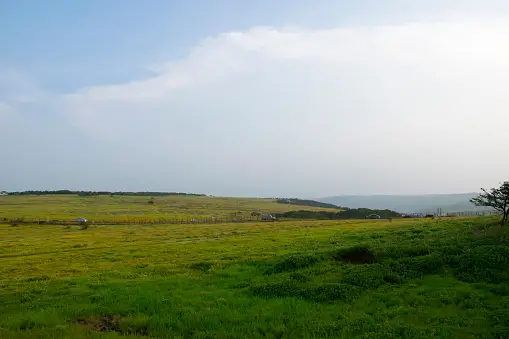
Maximizing chest growth requires a multifaceted approach that extends beyond incorporating effective exercises into one's workout routine. While chest exercises like dumbbell bench press and incline dumbbell fly are important for building muscle mass, other factors such as proper nutrition, sufficient rest, and consistent training are crucial.
Eating enough protein and maintaining a caloric surplus is essential for muscle growth, while getting adequate rest allows the muscles to recover and repair. Consistency in training means consistently challenging the chest muscles with progressively heavier weights or more challenging exercises.
To build bigger chest muscles, it is important to incorporate a variety of chest exercises into one's workout routine. In addition to the classic bench press and dumbbell fly, cable crossovers, push-ups, and dips are all effective exercises for targeting the chest muscles from different angles. Varying the grip width, angle of the bench, and range of motion can also help to challenge the chest muscles and promote growth.
Additionally, incorporating pre-exhaust techniques, such as doing dumbbell flys before bench press, can help to fatigue the chest muscles and promote greater muscle activation during the subsequent exercise.
Effective exercises to increase chest size: targeted workouts will focus on specific exercises and techniques that can maximize chest growth and promote muscle hypertrophy. By incorporating these targeted exercises into a well-rounded workout routine, individuals can build a bigger, stronger, and more powerful chest.
Effective Exercises to Increase Chest Size: Targeted Workouts

Targeted workouts for increasing chest size involve incorporating a variety of exercises and techniques that challenge the chest muscles from different angles and promote muscle hypertrophy. Chest exercises that target the upper, middle, and lower chest muscles are essential for achieving a well-rounded chest development.
Incline dumbbell presses, dumbbell bench presses, and chest press machines are effective exercises for targeting the upper chest, while flat bench presses, dips, and dumbbell flyes target the middle and lower chest muscles.
To ensure maximum muscle growth, it is important to vary the exercises and rep ranges used in chest workouts. High-load, low-rep exercises such as heavy bench presses and weighted dips are effective for building strength and power, while moderate-load, high-rep exercises such as dumbbell flyes and push-ups are great for promoting muscle hypertrophy. Incorporating drop sets and supersets into chest workouts can also increase the intensity and challenge the chest muscles, leading to greater muscle growth.
To achieve a massive chest, it is important to maintain a balanced physique and address any muscle imbalances. While targeting the chest muscles with specific exercises is important, it is equally important to incorporate exercises that target other muscle groups, such as the back and shoulders, to ensure overall muscle development.
Addressing a Bigger Stomach Than Chest: Tips for Balanced Physique

Achieving a balanced physique involves addressing muscle imbalances, such as having a bigger stomach than chest, and incorporating exercises that target multiple muscle groups to ensure overall development. While focusing solely on chest exercises may seem like the solution, it is important to also engage in exercises that target the abdominal muscles. Building a stronger core will not only improve posture and reduce the risk of injury, but will also create a more aesthetically pleasing physique.
To address the issue of a larger stomach than chest, it is important to incorporate exercises that target both muscle groups simultaneously. The incline bench press is an effective exercise for building both chest and abdominal muscles. By performing the exercise at an incline, the upper portion of the chest is targeted, while also engaging the core muscles to maintain stability. The dumbbell press is another exercise that targets both muscle groups, as the movement requires stabilization from the core muscles.
Building a balanced physique requires a holistic approach that includes both chest and abdominal exercises. Incorporating exercises that engage multiple muscle groups, such as the incline bench press and dumbbell press, can help to build a stronger, more aesthetically pleasing chest and stomach. However, it is important to remember that true balance comes from engaging in a variety of exercises that target all muscle groups.
As we have seen, addressing muscle imbalances is crucial for building a balanced and powerful physique. The next section will delve into the effectiveness of a popular exercise for building chest muscles: push-ups. Will 150 push-ups a day help you get a bigger chest? The truth will be unveiled.
Will 150 Push-Ups a Day Help You Get a Bigger Chest? The Truth Unveiled

When it comes to building a massive chest, many people turn to push-ups as a convenient and accessible exercise. But the question remains: can doing 150 push-ups a day really help you get a bigger chest?
The truth is that while push-ups can be a good addition to a chest workout routine, they cannot replace targeted chest exercises such as incline bench press and dumbbell press.
Push-ups primarily work the chest muscles, but they also engage other muscles such as the triceps and shoulders. While doing 150 push-ups a day can certainly increase your chest endurance, it may not necessarily lead to significant muscle growth.
To truly build a big chest, it's important to incorporate a variety of chest exercises that target different angles and muscle fibers. Incline bench press and dumbbell press are two such exercises that can help you build a big chest. Incline bench press targets the upper chest muscles, while dumbbell press allows for a greater range of motion and engages the stabilizer muscles.
By incorporating these exercises into your chest workout routine, along with other targeted exercises, you can achieve a big, powerful chest.
While incorporating targeted exercises into your chest workout routine is important for building a big chest, tall and skinny individuals may have specific training considerations to keep in mind.
Building a Bigger Chest for Tall and Skinny Individuals: Training Considerations

Individuals who are tall and skinny may need to consider specific training techniques in order to effectively build their chest muscles. Since their body type is typically characterized by long limbs and a narrow frame, they may struggle to add mass to their chest despite consistent training.
To address this challenge, here are three training considerations for individuals who are tall and skinny:
1. Emphasize upper chest exercises: Since the upper chest is often underdeveloped in tall and skinny individuals, it is important to prioritize exercises that target this area. Incline dumbbell press and incline dumbbell flyes are effective options for building the upper chest. Cable crossovers can also be useful for targeting the upper chest from different angles.
2. Incorporate dumbbell bench press: Dumbbell bench press can be more effective than barbell bench press for tall and skinny individuals, as it allows for a greater range of motion and better isolation of the chest muscles. By performing dumbbell bench press on chest day, individuals can ensure that they are targeting their chest muscles effectively.
3. Increase volume and frequency: Since tall and skinny individuals may have a harder time adding mass to their chest, they may need to increase the volume and frequency of their chest workouts. By performing more sets and reps, and training their chest more frequently throughout the week, they can create the stimulus necessary for muscle growth.
Incorporating these training considerations can help tall and skinny individuals build a bigger chest. However, it is important to note that building a massive chest often requires heavy lifting and progressive overload.
How to Build a Massive Chest with Heavy Weights: Training Protocols and Tips

To effectively target the chest muscles and promote growth, incorporating heavy lifting and progressive overload through specific training protocols and tips can be highly beneficial.
One such protocol is the use of heavy weights with low reps. This method involves lifting weights that are heavy enough to allow for only 3-6 reps per set, resulting in maximum muscle activation and recruitment. It is important to use proper form and technique during these heavy lifts to prevent injury and maximize results.
Another effective training tip is to incorporate compound exercises into your chest workouts. Compound exercises involve multiple muscle groups working together to move a weight, allowing for more weight to be lifted and a greater overall muscle stimulus. Examples of compound chest exercises include the bench press, incline press, and dips. These exercises should be performed with heavy weights and low reps for maximum chest growth.
In addition to heavy lifting and compound exercises, incorporating progressive overload into your chest training is crucial for sustained muscle growth. This involves gradually increasing the weight, reps, or sets of your exercises over time to continually challenge and stimulate the chest muscles. It is important to track your progress and adjust your training accordingly to continue making gains.
By implementing these training protocols and tips, individuals can unlock the power of a massive chest and achieve their desired physique.
Conclusion
Building a massive chest requires a combination of exercise selection, proper form and technique, volume and intensity, and nutrition.
While weighted dips and cross-bench dumbbell pullovers are considered the most effective chest exercises, bodyweight exercises such as push-ups and dips can also be beneficial.
It is important to gradually increase the volume and intensity of chest workouts to avoid overtraining and injury.
To achieve a balanced physique, it is essential to focus on building a strong core and incorporating exercises that target other muscle groups.
Additionally, individual body types and genetic factors play a role in chest development, and patience and consistency are key to seeing results.
As the old saying goes, 'Rome wasn't built in a day,' and building a massive chest takes time and dedication.
By following these strategies and staying committed to a consistent workout routine, anyone can unlock the power and achieve their goal of a bigger, stronger chest.
About the Author

Arman Eckelbarger is an IFBB Pro Bodybuilder and a Certified Personal Trainer dedicated to empowering others with his age management and wellness expertise. Winner of the 2019-20 Master's Nationals Over 50 Welterweight, Arman proves that age is just a number in achieving fitness goals. He lives by his wellness principles and inspires others to reclaim their vitality for a healthier and fulfilling life.
